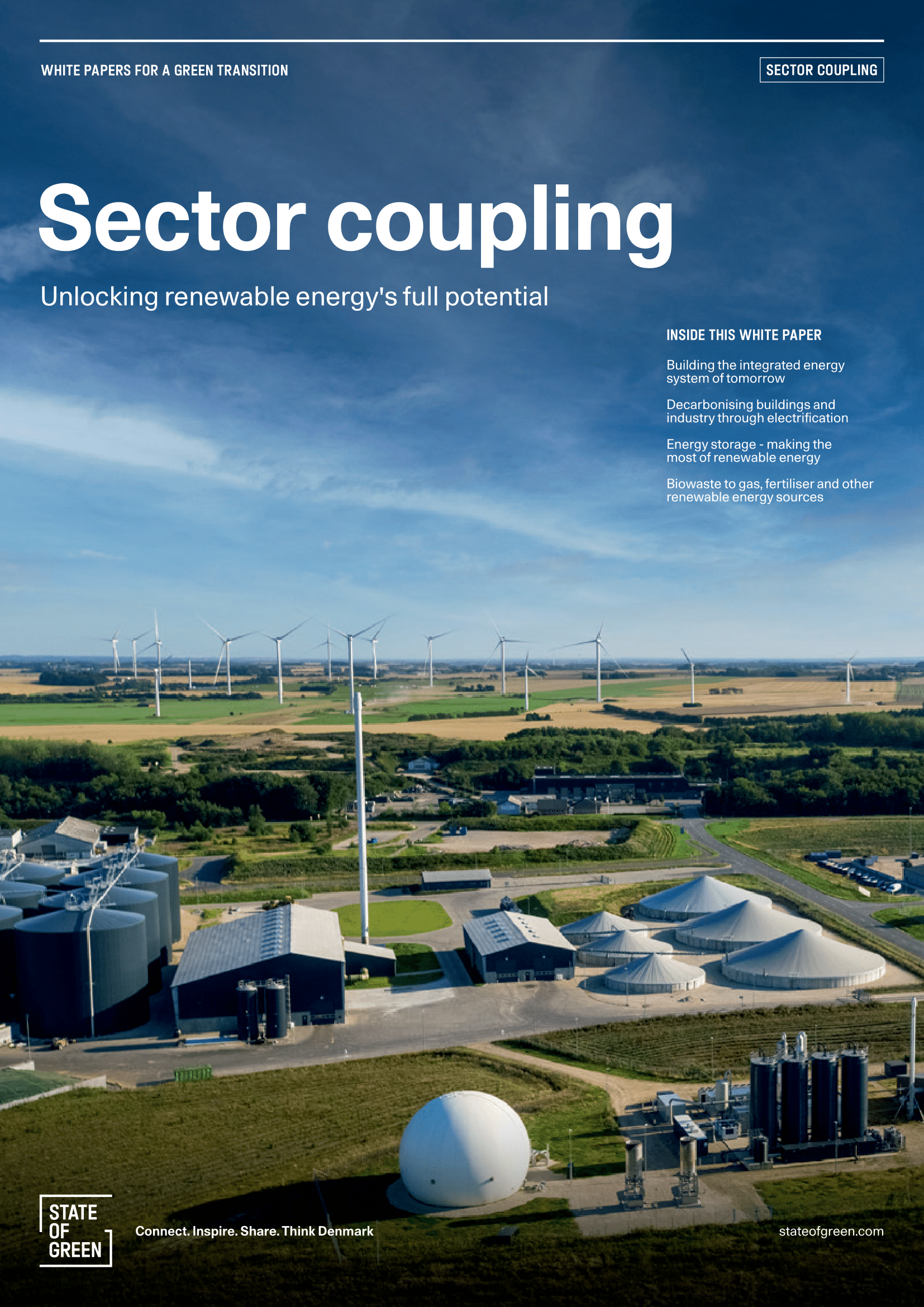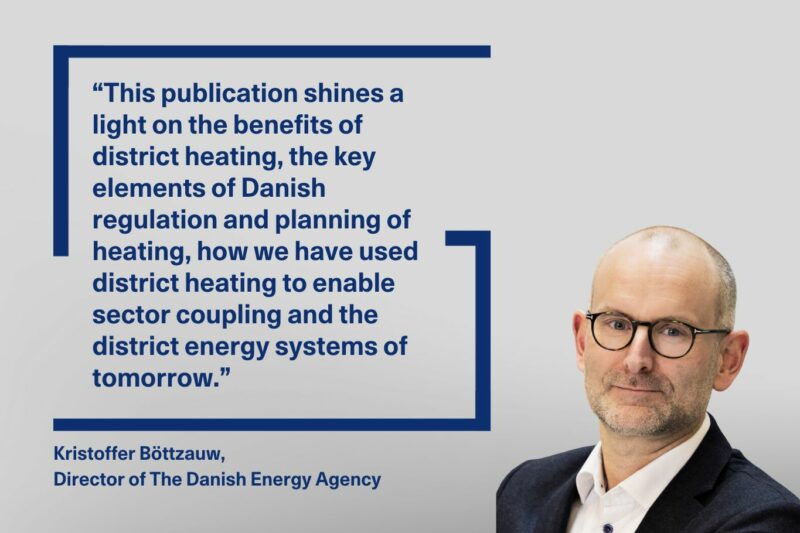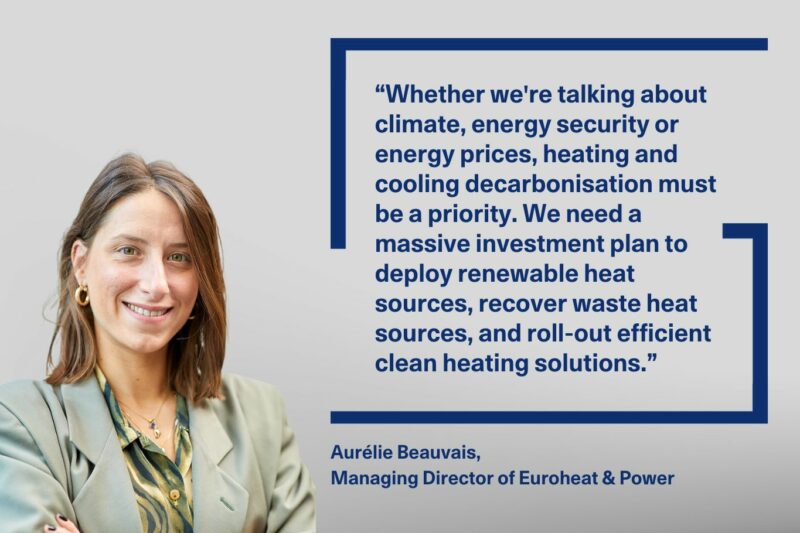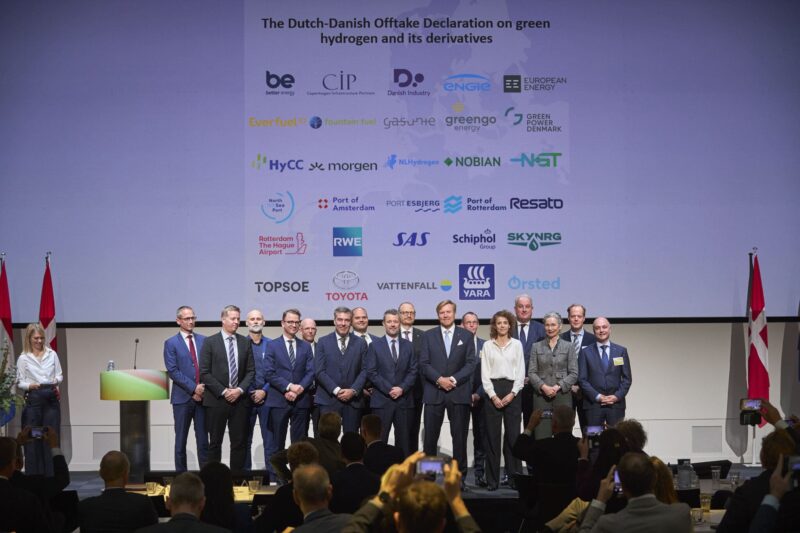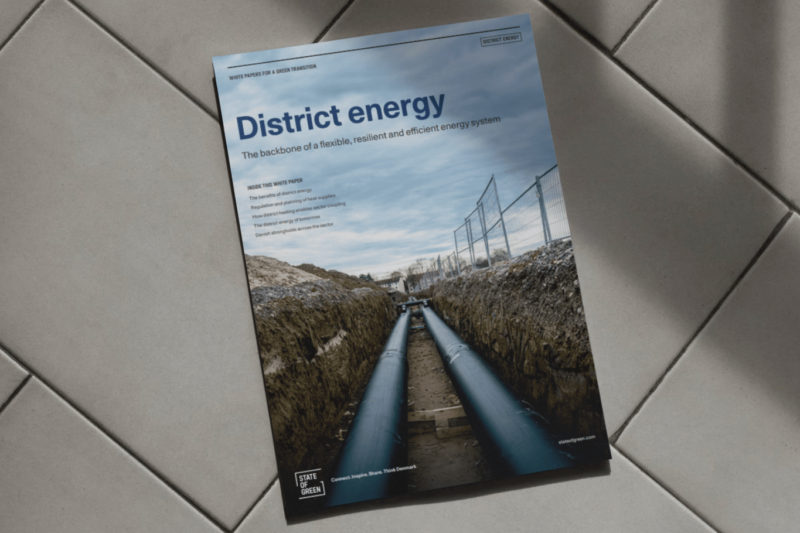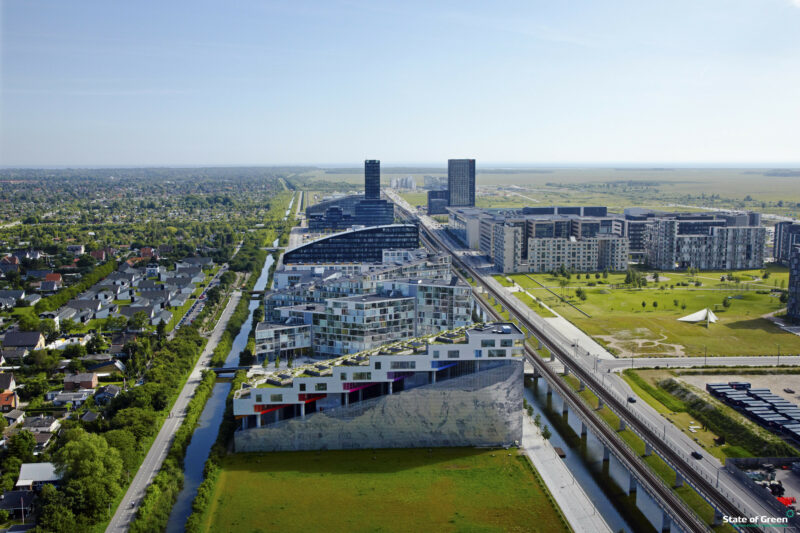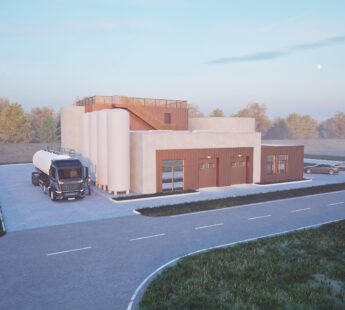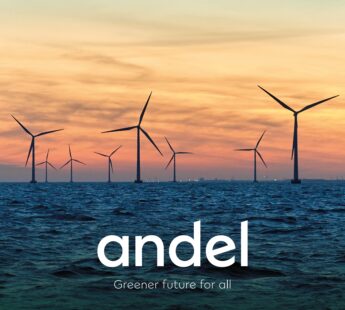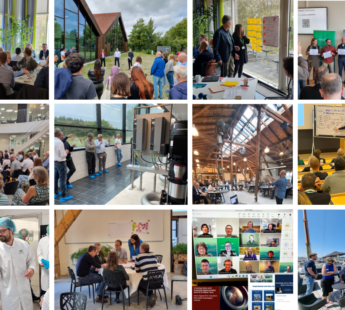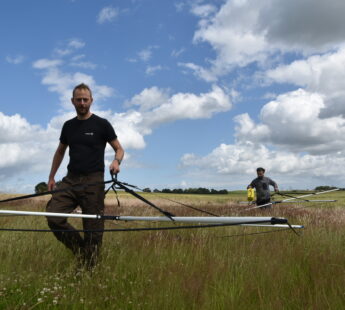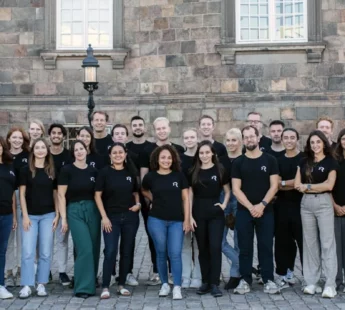The new EU Hydrogen and Decarbonised Gas Market Package, negotiated between 2021-2024, strives to remove barriers to the development of cost-effective, cross-border hydrogen infrastructure and create a competitive hydrogen market, which is a prerequisite for the uptake of hydrogen production and consumption.
The gas package creates a level playing field, based on EU-wide rules, for the emerging hydrogen market and infrastructure, while removing barriers that impede development. It also creates the favourable conditions for reusing natural gas infrastructure for hydrogen, enables cost reductions, and promotes decarbonisation. The regulatory framework will ensure the management of the upcoming EU hydrogen network and facilitate the trade and supply of hydrogen across EU borders. Additionally, the package allows for up to two percent blending of hydrogen into the methane gas system. The gas package is expected to be formally adopted in 2024 and will take effect in 2025.
Allowing injection of e-methane into the gas system
As of 2024, Denmark is actively progressing towards establishing the legal framework for the injection of e-methane into its gas grid. E-methane is produced by adding hydrogen to carbon dioxide, which originates from the cleansing process of biogas before it is injected into the gas system as biomethane. The legislation will enable biogas producers to utilise a carbon dioxide resource, which is otherwise unexploited.
Building a Danish hydrogen backbone
To ensure vast amounts of Danish-produced green hydrogen are transported from producers to end users, an efficient transportation system is necessary. With the rapid scale-up of hydrogen projects throughout Denmark, pipeline infrastructure will be the most cost-effective, and for larger projects, the only viable means of transportation. A political agreement concluded in April 2024 sets the regulatory framework for the Danish hydrogen TSO (Energinet) and DSO (Evida), which is currently being implemented in Danish legislation. The political agreement also outlines the economic framework that allows Energinet to access Danish state capital to develop Denmark’s first hydrogen backbone.
The backbone is a large-scale hydrogen transport system connecting the underground gas storage facility in Lille Torup, Jutland, to future large-scale hydrogen production sites. A hydrogen interconnection point will be established at the German border. The Danish hydrogen backbone will become an integral part of the European hydrogen network and may connect to hydrogen distribution systems in Denmark, as well as offshore hydrogen pipelines to Denmark and other Northern European countries. The Danish hydrogen backbone is expected to be constructed through a combination of converting existing natural gas transmission pipelines and building new hydrogen pipelines. The installation of compressors will also be needed to reach high capacity in the future.


